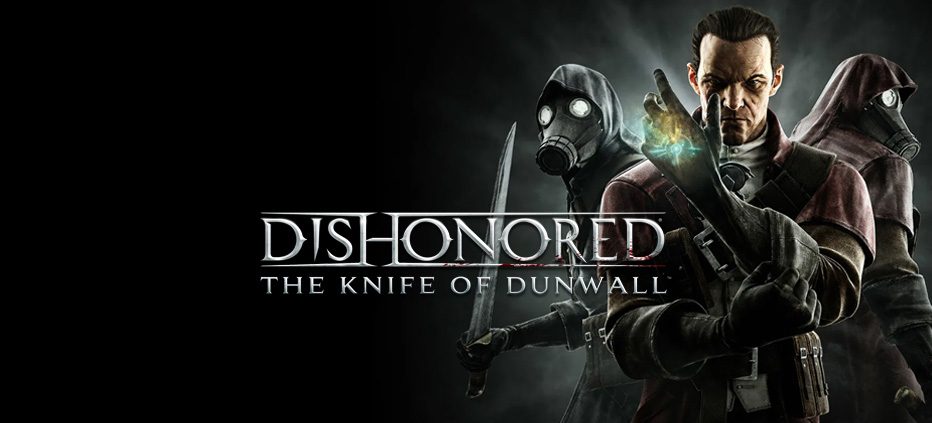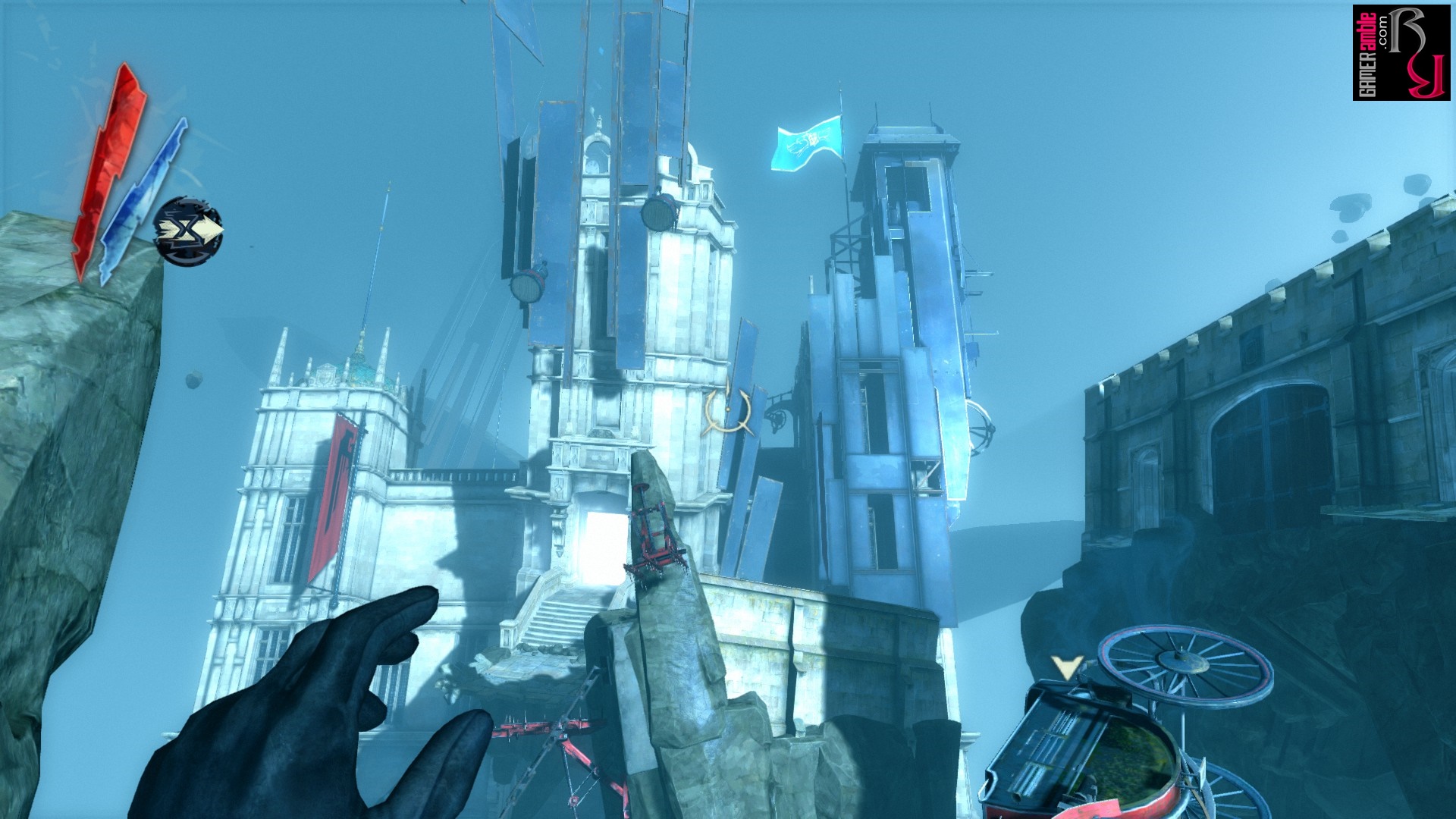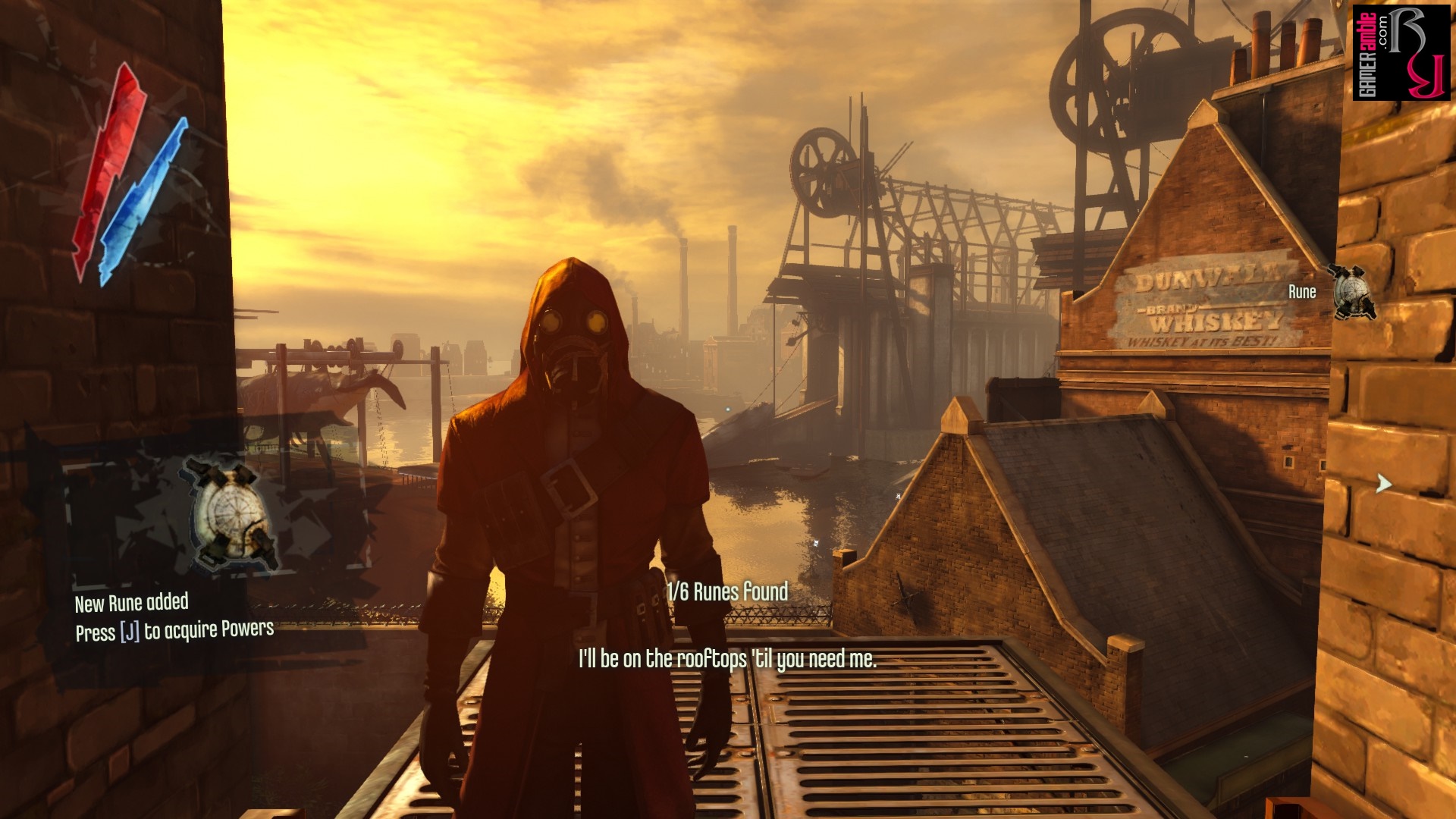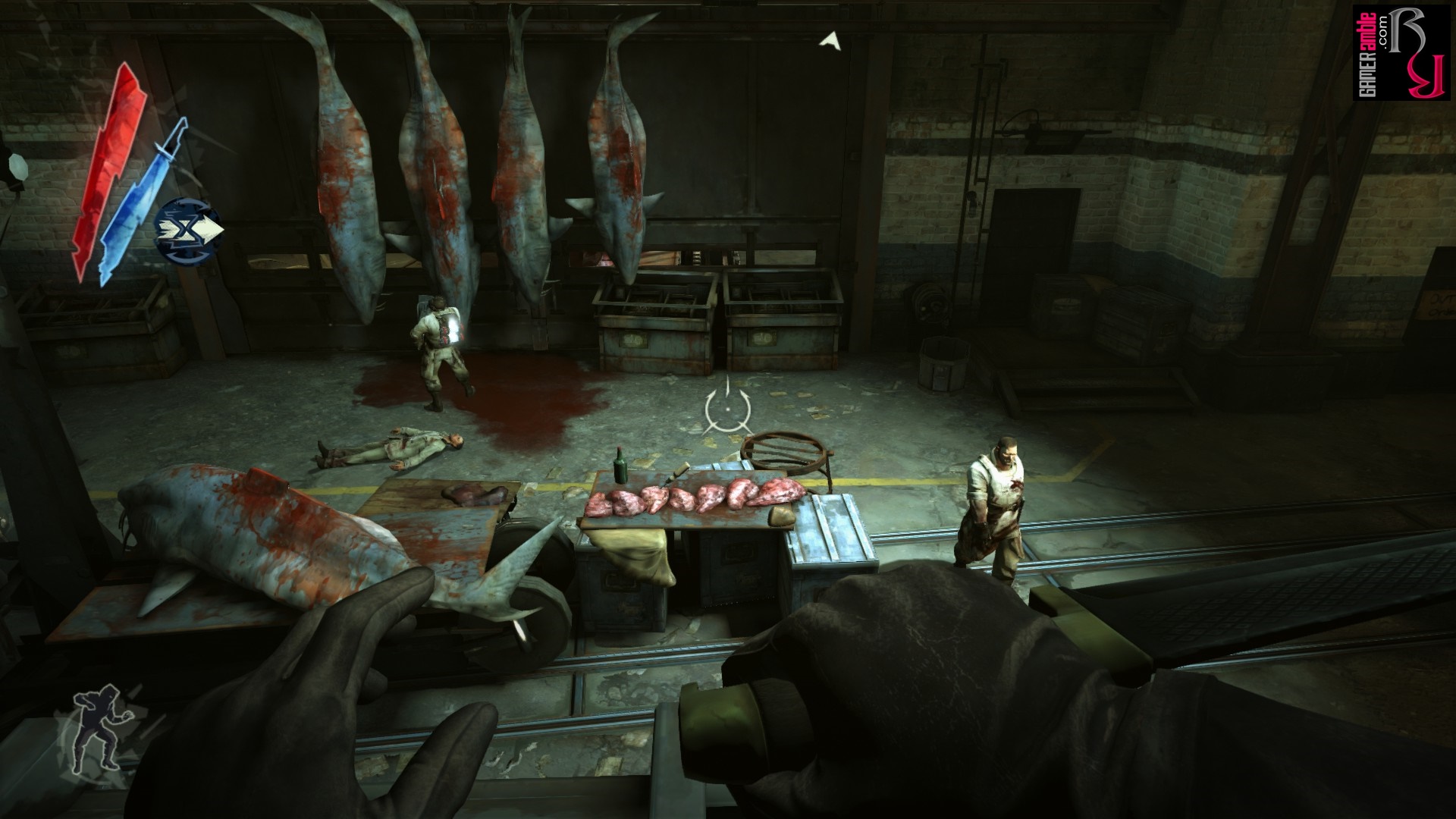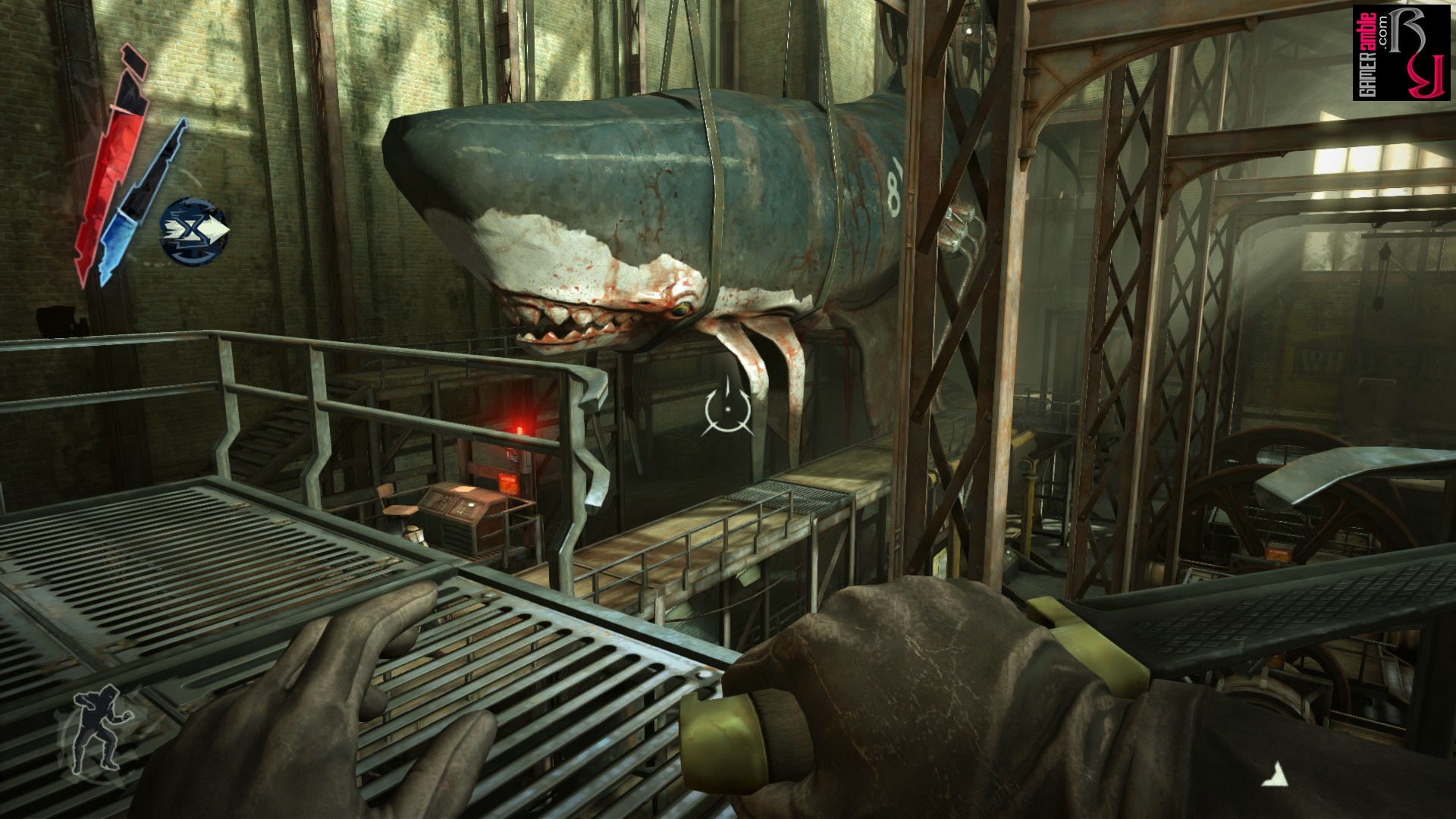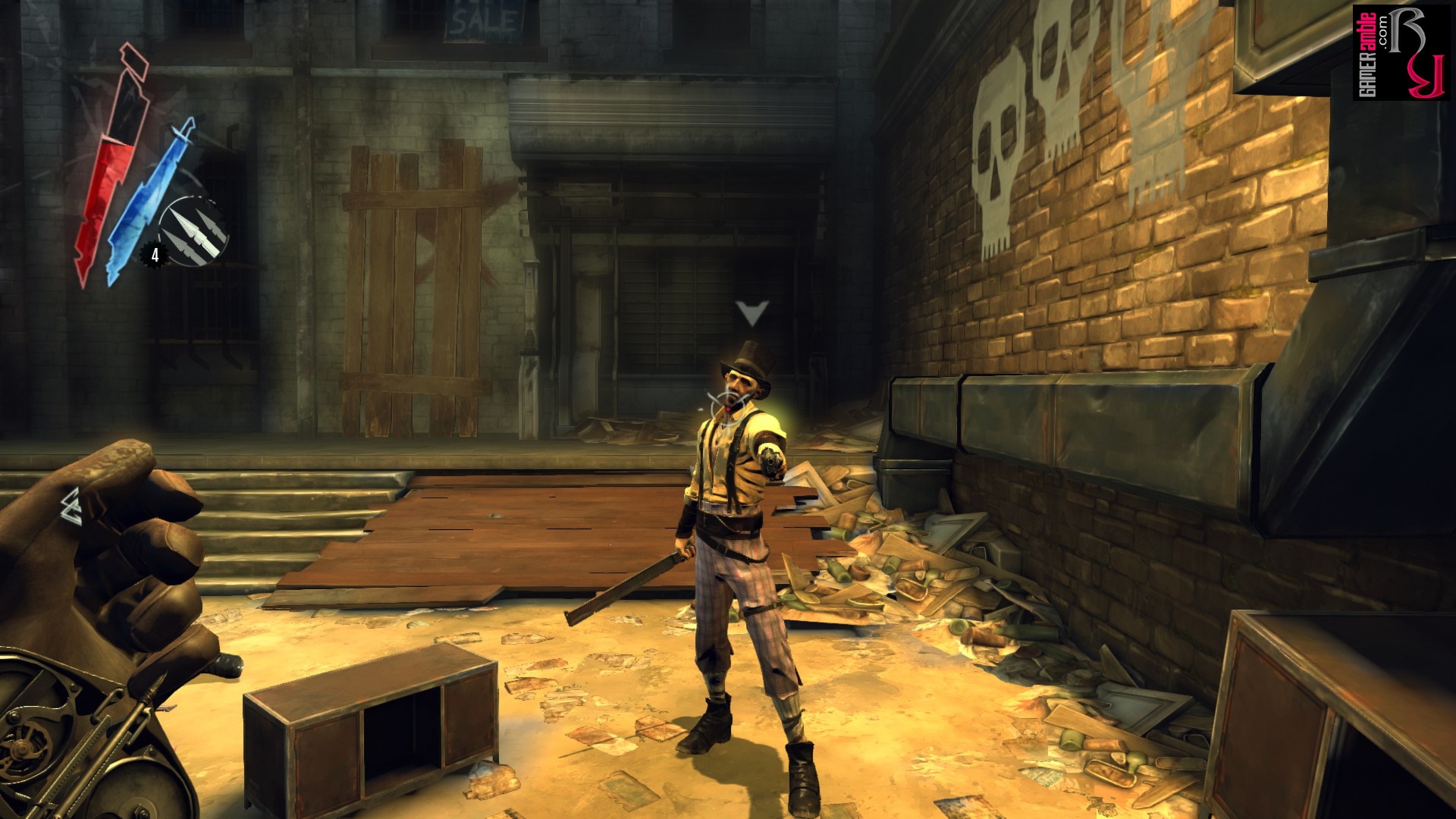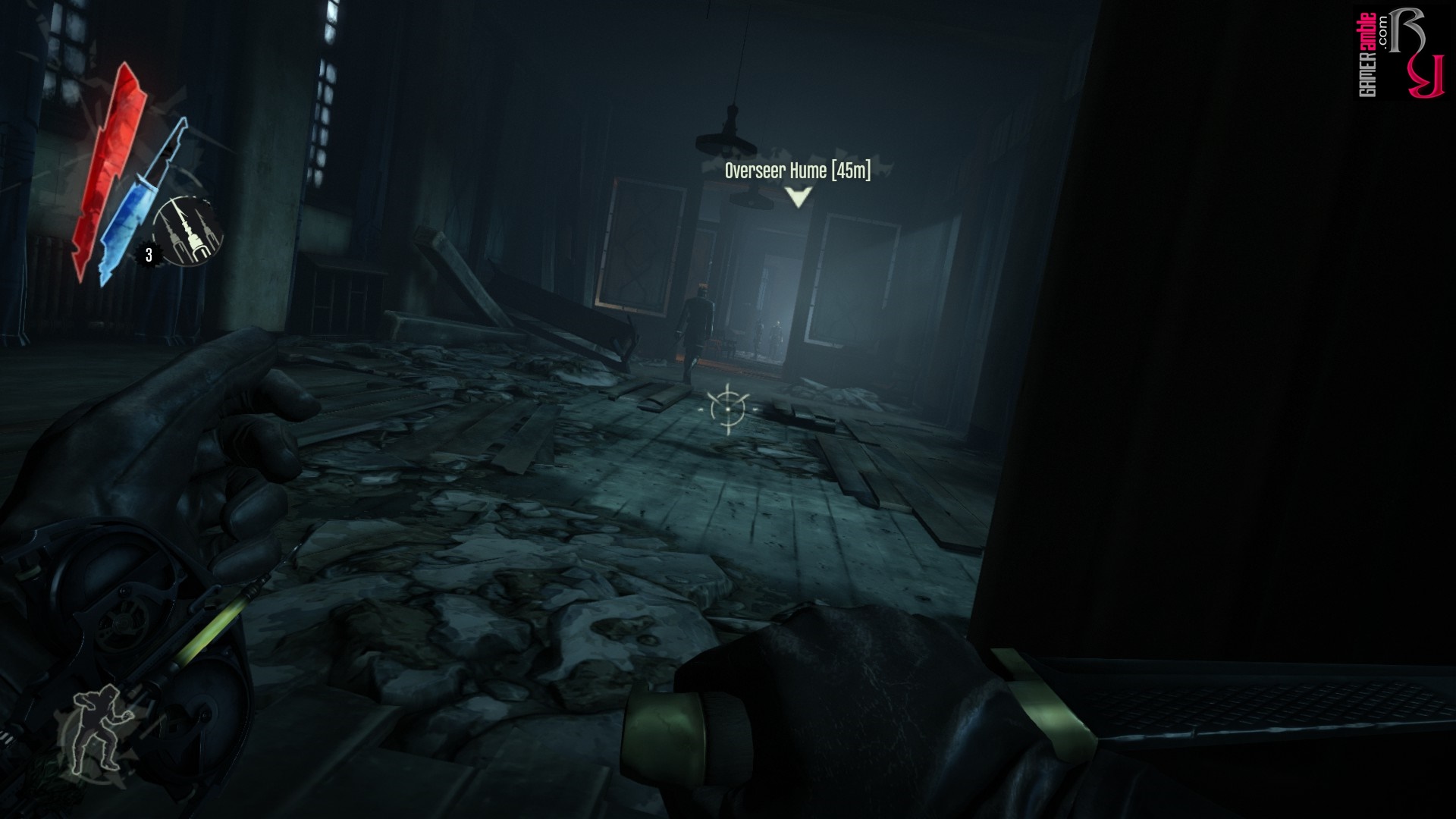Dishonored – The Knife of Dunwall
Developer: Arkane Studios | Publisher: Bethesda Softworks | Release Date: 2013 | Genre: Action / Adventure / Stealth | Website: Official Website | Purchase: Steam
Daud – a name that should be familiar to everyone who played Dishonored and inevitably crossed paths with the elusive assassin. While Daud played a direct role in the chaos that ensued after assassinating the Empress, he remained out of sight for most of Dishonored. Knife of Dunwall, the first story-based DLC for the game, draws back the curtain and reveals what Daud was up to while Corvo drew all the attention.
It turns out that his role in causing Dunwall to plunge into chaos weighs heavily on Daud, so when the Outsider provides him with a clue that might lead to atonement, he is eager to grab it. This kicks off a search for the mysterious “Delilah,” which sees players infiltrating the Legal District and Rothwhild Slaughterhouse before returning to Daud’s hidden base. As with Corvo, players can choose between going in guns blazing or taking a more stealthy approach. Killing everyone in sight means not having to worry about being spotted, but it has consequences that can impact the ending. Players searching for the most authentic experience will want to sneak in and out of each mission like a ghost, never seen and without killing anyone. The latter approach requires much more patience, as sections that could be cleared in seconds in high chaos are a different beast entirely in low chaos. Patrol routes need to be scrutinized, while guns and bombs need to be tucked away in favor of sleeping darts and choke holds. The contrast between these two approaches can make it feel like an entirely different game, so more than one playthrough is heartily recommended.
As Knife of Dunwall is a DLC that requires the original Dishonored to play, it doesn’t do anything drastically different. The perspective switches to Daud, who, for the most part, has skills similar to Corvo’s. In fact, players must avoid using most of the new tools and tricks at Daud’s disposal when aiming for a low-chaos playthrough. These include the ability to summon his assassin underlings to help out in a fight, hurl chokedust at enemies to daze them, and place stun mines to shock targets. These are a lot of fun in high chaos but not exactly conducive to being stealthy. As a man with many connections, Daud can also purchase some favors before each mission. These range from having whale oil tanks placed in a strategic spot to something a little less explosive, such as the codes to a safe being left out in the open. None of these favors are necessary to complete a mission, but they can be helpful. However, players might want to save cash to upgrade Daud’s arsenal or purchase sleep darts, health and mana potions, and other necessities. Most of these can be found while snooping around during a mission, but there’s nothing wrong with going in prepared. The DLC does not feature a hub area between missions, as in the original game. However, runes and bone charms can still be found for new abilities and upgrade points while playing the missions.
Playing Knife of Dunwall long after completing Dishonered meant it took a while to get back into the swing of things. After having some fun with a high chaos playthrough, the real challenge began with a low chaos playthrough without killing anyone or getting spotted. Thankfully, saving your progress at any time is still possible, simplifying the process. It’s a good thing that the game is so replayable, as the three missions on offer are very short. In addition, the game feels much easier than Dishonored, as all the tallboys and watchtowers appear to be in parts of the city where Corvo is active. Rats also posed much less of a problem for Daud than they were in the main game.
Dunwall is a fascinating setting, and once again, it was a lot of fun reading the assortment of journals and letters chronicling the tale of the city. Players can also overhear some interesting conversations while eavesdropping on enemies, and the loudspeakers that are dotted about occasionally reveal more about Corvo. Visually, the game looks the same as Dishonored, and many of the art and assets are obviously re-used. The Slaughterhouse level stands out for this DLC, with some gruesome sights that give players a glimpse of the cruelty inflicted on whales in the Dishonored universe. The audio is as good as the main game, with excellent voice acting and plenty of atmospheric sounds to accompany players on their journey for redemption.
While mostly more of the same when compared to the main game, Knife of Dunwall is a lot of fun. It is undoubtedly a step up from Dunwall City Trials for players eager for a more story-oriented experience. Unfortunately, the relatively short length of the game and the rather abrupt ending make it feel incomplete. Arkane Studios wraps everything up in the second story DLC, The Brigmore Witches, which will be essential for players who want to see Daud’s story through to completion.
System Requirements
- OS: Windows Vista / Windows 7
- Processor: 3.0 GHz dual core or better
- Memory: 3 GB system RAM
- Hard Disk Space: 9 GB
- Video Card: DirectX 9 compatible with 512 MB video RAM or better (NVIDIA GeForce GTX 460 / ATI Radeon HD 5850)
- Sound: Windows compatible sound card
- OS: Windows Vista / Windows 7 (enhanced for 64-bit OS)
- Processor: 2.4 GHz quad core or better (enhanced for multi-core processors)
- Memory: 4 GB system RAM
- Hard Disk Space: 9 GB
- Video Card: DirectX 9 compatible with 768 MB video RAM or better (NVIDIA GeForce GTX 460 / ATI Radeon HD 5850)
- Sound: Windows compatible sound card

